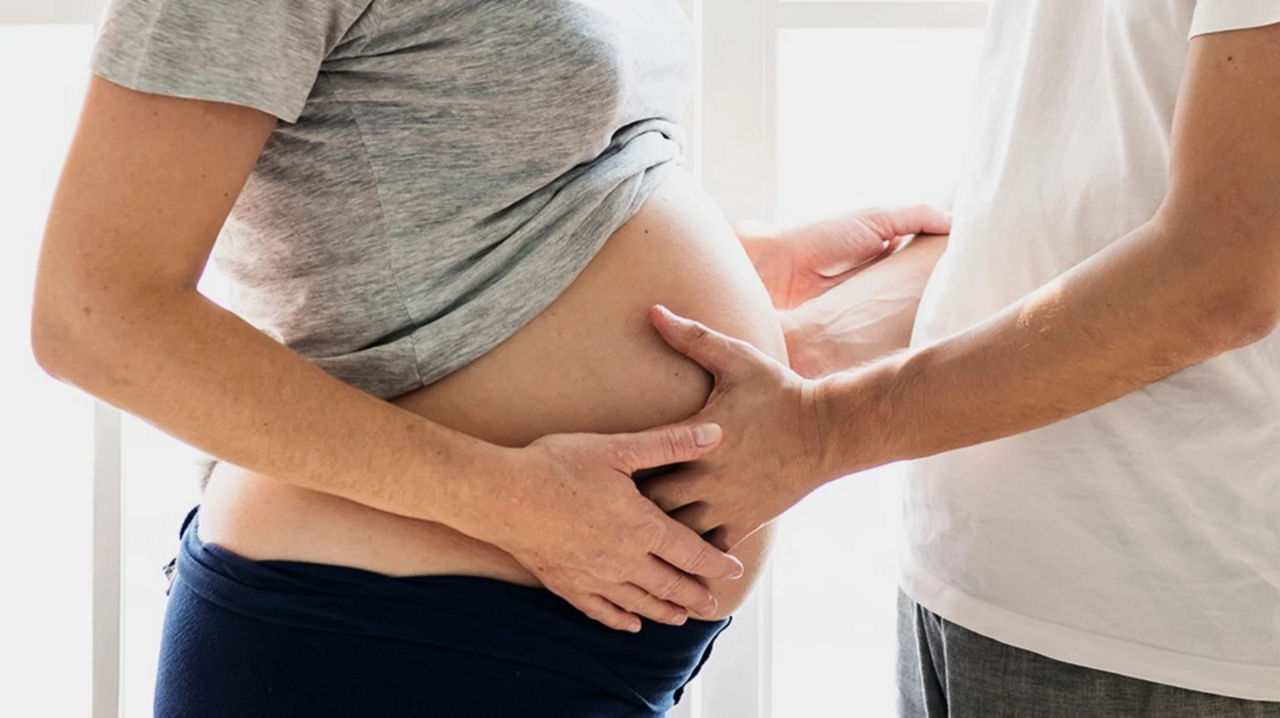Your due date is a way of predicting a period of time when you might go in to labour, based on when you conceived. It’s a useful way of monitoring your baby’s growth, either by examining your tummy or by ultrasound scan (which is more accurate as it measures size and development). It’s also a way of your midwife or doctor to accurately plan your care in terms of visits, blood tests and scans (which are important for example, to interpret early pregnancy blood tests for the risk of congenital abnormalities).
Most babies are born at full-term which is between 37 weeks (259 days) and 42 weeks (294 days), a period referred to as "term", when the baby has reached full maturity. On average, most pregnancies last around 40 weeks – which is 38 weeks after conception or 280 days. However, no-one can predict exactly when you might go into labour and deliver your baby (or babies!). If you are expecting twins or triplets, it’s highly likely that you will deliver well before the actual ‘due’ date.
Once you know your due date, it can help you prepare and plan for your labour and birth, as well as prepare your home for your baby.




